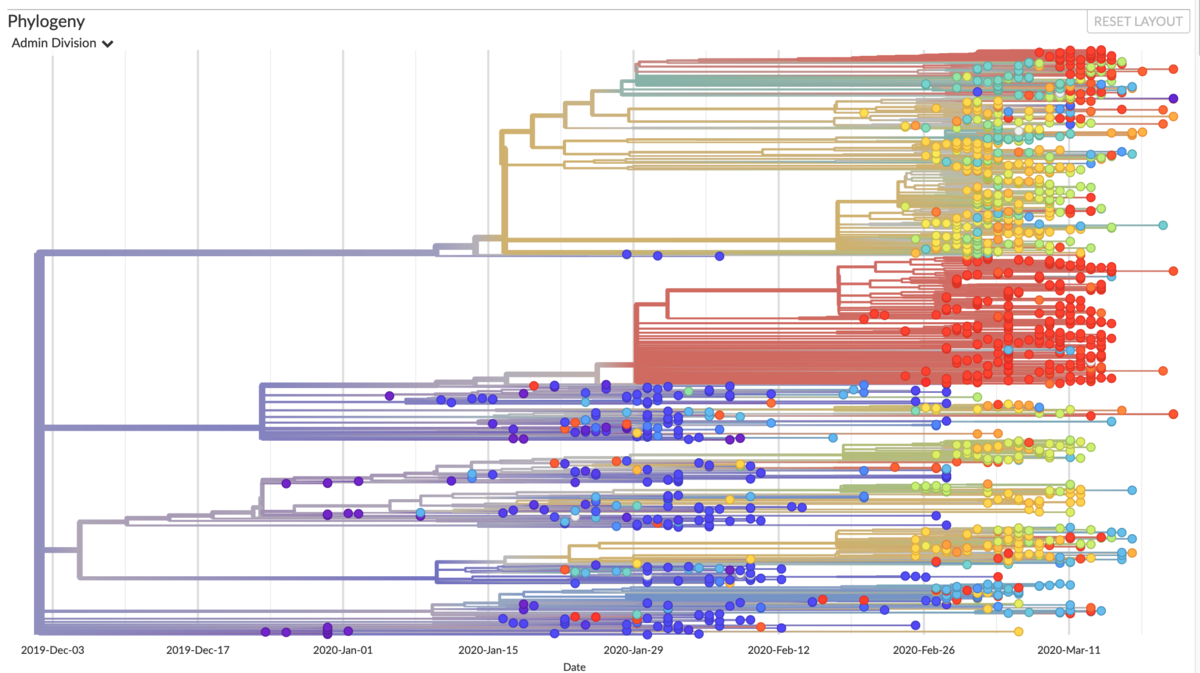SARS-CoV-2 reagents
Are you looking for SARS-CoV-2 test kits, qPCR assays, antibodies and proteins?
Live SARS-CoV-2 update
The website nextstrain.org covers the SARS-CoV-2 pandemic in real time - watch virus phylogeny and transmission as it happens.
COVID-19 overview
The ongoing COVID-19 pandemic has been declared a public health emergency of international concern by the WHO. Several of our suppliers offer products to assist the research related to this virus.
The causative SARS-CoV-2 virus attaches to cells by binding its outer “Spike” proteins to a receptor protein called ACE2 (angiotensin-converting enzyme 2) that is highly expressed on respiratory cells. ACE2 also acts as the receptor for the human respiratory coronavirus NL63 and the SARS-coronavirus (SARS-CoV). Studies have shown that the binding affinity of the virus Spike protein for ACE2 correlates with higher transmissibility of the coronavirus and contagiousness of the disease. Angiotensin receptor blockers have been proposed as tentative SARS-CoV-2 therapeutics. Interestingly, ACE2 activity may also have a protective effect against virus-induced lung injury by increasing the production of the vasodilator angiotensin.
Viral antigens: the spike (S-protein) and nucleocapsid proteins
This protein mediates receptor binding and membrane fusion. Spike protein contains two subunits, S1 and S2. S1 contains a receptor binding domain (RBD), which is responsible for recognizing and binding with the cell surface receptor. S2 subunit is the "stem" of the structure, which contains other basic elements needed for the membrane fusion. The spike protein is the common target for neutralizing antibodies and vaccines. It’s been reported that COVID-19 can infect the human respiratory epithelial cells through interaction with the human ACE2 receptor. Indeed, the recombinant Spike protein can bind with recombinant ACE2 protein [Xu et al., 2020].
The nucleocapsid Protein (N-protein) is the most abundant protein in coronavirus. The N-protein is a highly immunogenic phosphoprotein, and it is normally very conserved. The N protein of coronavirus is often used as a marker in diagnostic assays.


